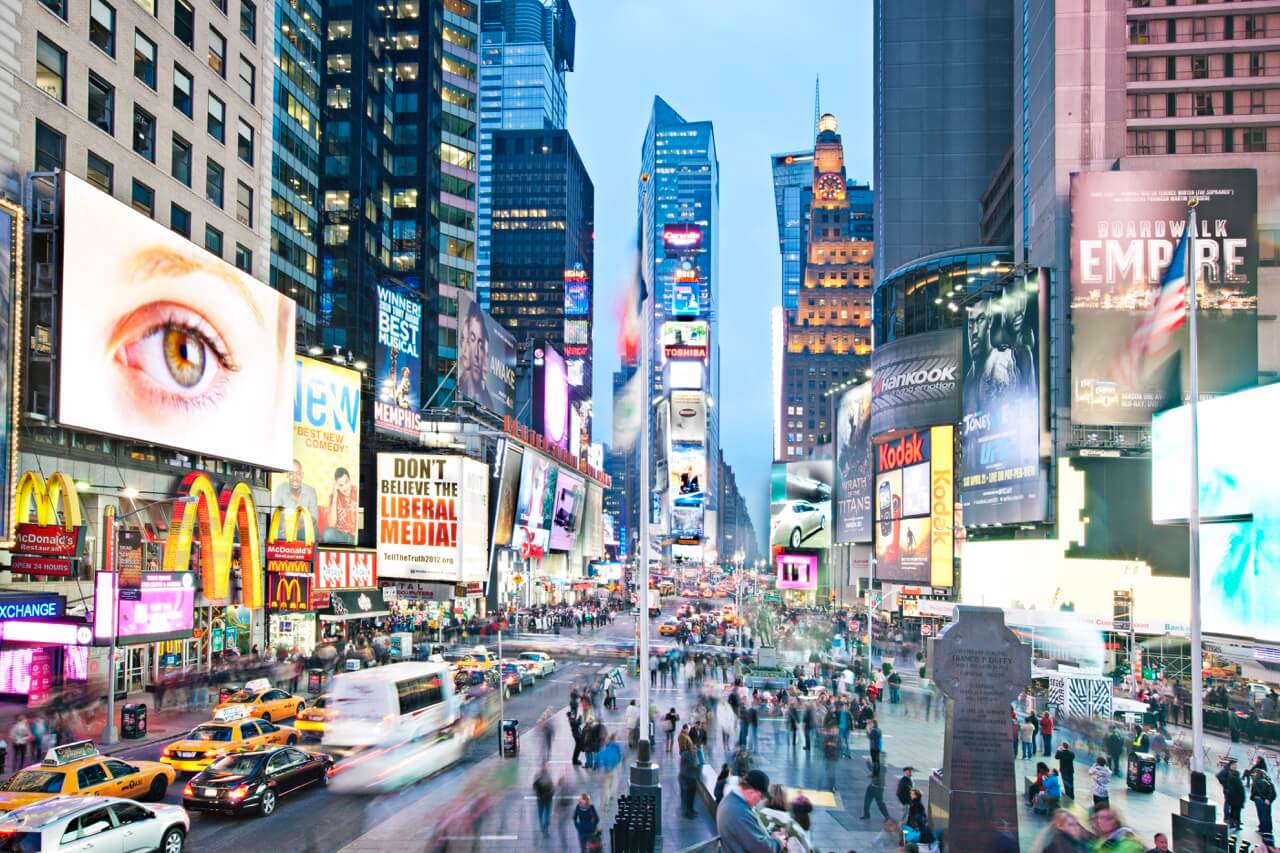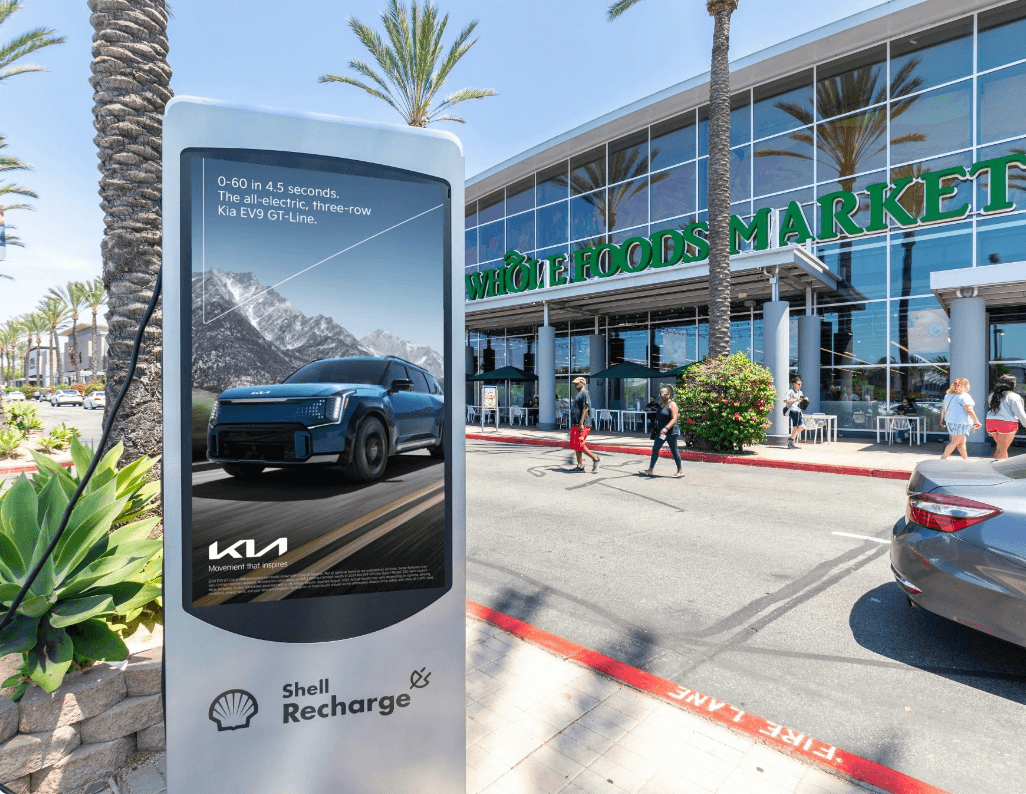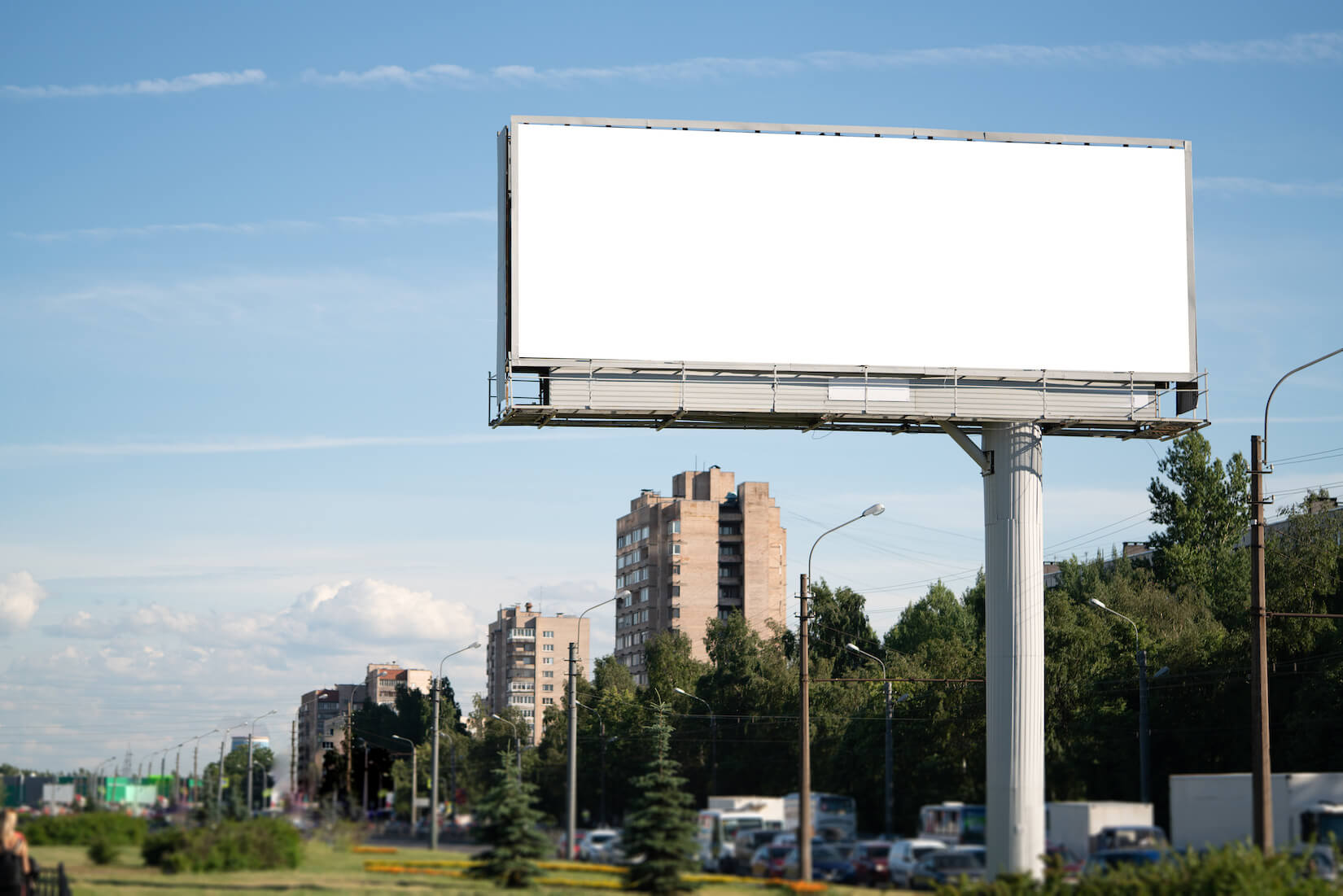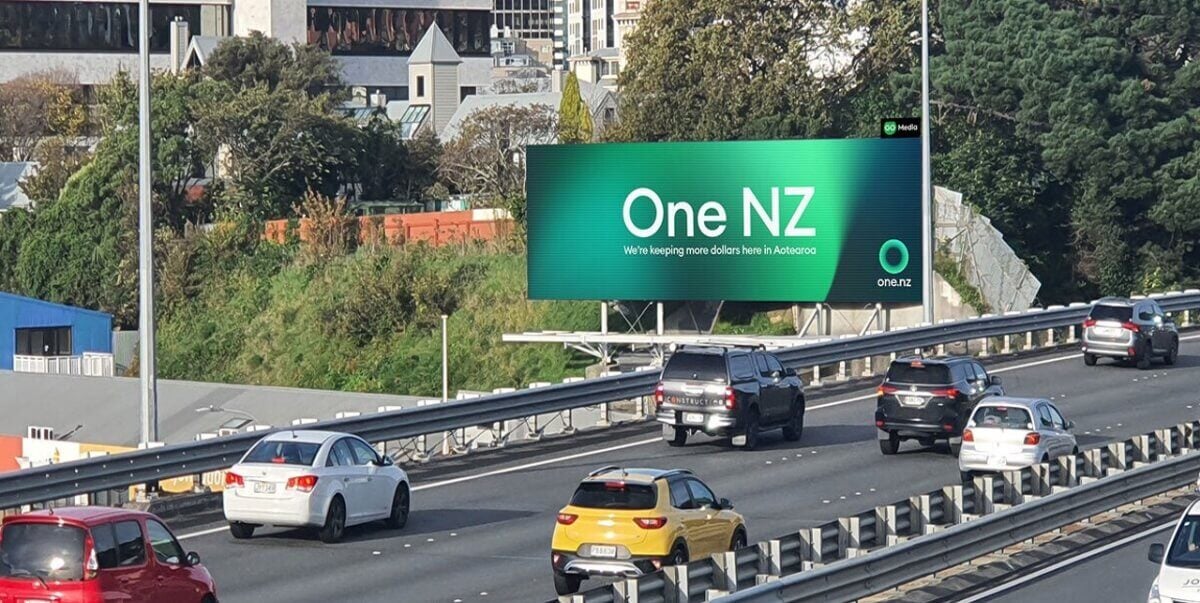
As you begin to plan your outdoor advertising strategy, you may ask, "which is better: traditional (static) or digital out-of-home?" While the two types of out-of-home (OOH) advertising appear similar, the reality is that you're comparing apples to oranges. Whether you need to turn around an impactful campaign on short notice or create long-term branding, traditional and digital billboards - and many other formats of out-of-home media - have proven their ability to hold their own in today's multifaceted advertising landscape. So now, the question becomes, "when is it best to use each type of out-of-home advertising?"
Since the 19th century, many of the world’s most influential brands have turned to outdoor advertising to generate brand awareness and product adoption. As the medium has continued to advance, static and digital have each come into their own. To help marketers decide which to use for a particular campaign, we’re breaking down the applications of each channel.

When is it best to use digital out-of-home (DOOH) screens?
Digital out-of-home - which includes formats such as digital billboards and place-based media screens - allow brands the opportunity to be highly creative. Marketers can go beyond a still image and convey messaging using videos, moving images and, in some cases, screens even allow interactive elements. When programmatic technology is thrown into the mix, marketers gain the added benefit of targeting and measurement. Marketers can leverage weather-based marketing or day parting features, creating an intelligent and personalized experience within a 1:many medium.
Using programmatic digital out-of-home, marketers can take creative assets to the next level by launching dynamic creatives. This capability allows brands to easily swap out the creative content of an advertisement based on real-time data without manual work — from promoting live sports scores during a big game, to sharing directions to the nearest store and localized imagery or promotions.
Digital out-of-home advertising is the ideal option when brands want to turn around an impactful campaign on short notice or be able to respond to breaking news. The flexibility to switch creatives or provide real-time messaging is critical to many campaigns – and DOOH can deliver. While the cost of DOOH varies from vendor to vendor, it’s typically more flexible than static billboards. You can break up your budget into multiple highly-impactful venue types.
When is it best to use traditional out-of-home?
For the brand that wants to execute a full venue takeover, traditional out-of-home is a great choice. Traditional billboards require a vinyl or paper installation, so it is typically a long-term commitment with the media owner. With static, brands can execute custom experiences featuring unique, eye-catching creatives, sometimes built for the exact real-world features of the location. Always-on messaging means marketers are able to spread a wide net for their brand awareness goals, capturing the attention of anyone that walks by during the duration of the campaign.
A traditional billboard is limited in the type of media it can display. However, it can also give a brand the opportunity to create a (literal) tangible feeling with consumers. For example, some brands will go beyond the 2-dimensional format of most billboards (whether digital or traditional) to create a 3-dimensional experience. Maybe it's a car that appears to be breaking through the billboard or a pair of skis extending above the top of the billboard. A brand can literally pop-off the frame.
When it comes to a traditional out-of-home advertising’s disadvantages, they directly relate to a lot of the benefits of DOOH. When using a traditional billboard, your measurement capabilities are incredibly limited, and your targeting capabilities stay within the general traffic that comes through the area where the billboard lives. The cost of printing and building static out-of-home advertisement can also become very expensive and requires long-term commitments that can’t be changed once the ad is up. You also run the risk of the ad beginning to blend into the background as consumers see it day in and day out along commuter routes.
So, is digital or traditional out-of-home better for your campaign?
Whether marketers want to make a big splash or use a more data-driven strategy, static and digital out-of-home advertising offers unique access to engaged audiences. When it comes to choosing between traditional versus digital billboards, your campaign and goals play a major role in the final decision. Are you looking to expand your brand awareness and brand voice? A traditional billboard is a great way to do that. Or, are you looking to target a specific audience and measure direct results from your campaign? If so, a DOOH campaign is the best choice. Oftentimes, these strategies work best hand-in-hand, layering the "always on" messaging of a static campaign with precise, targeted messaging and impactful digital assets.
For more information on whether digital out-of-home advertising is best for you, meet with one of our team members.


